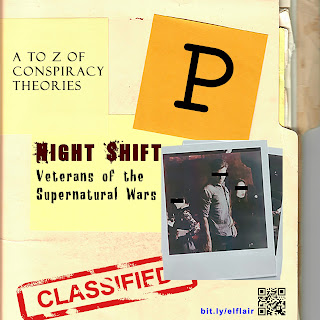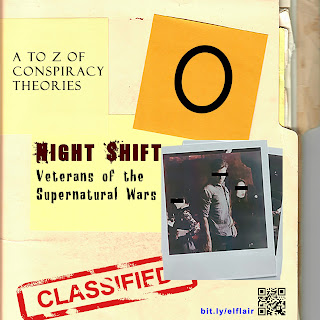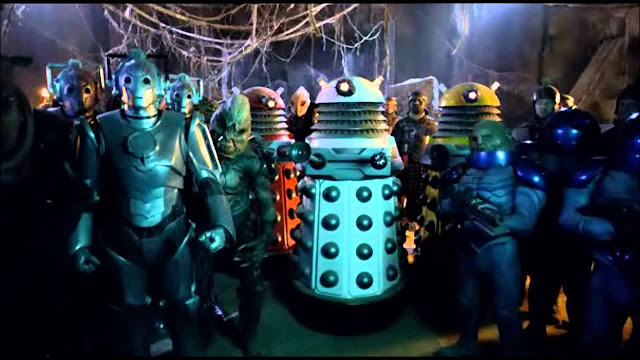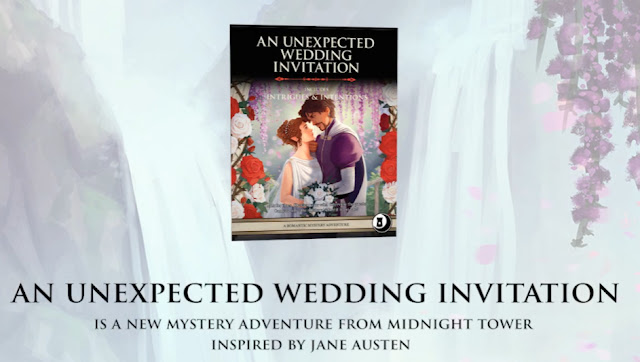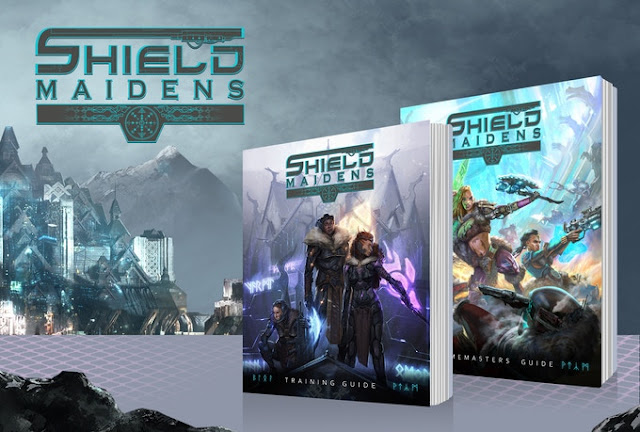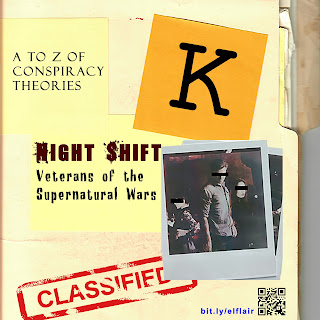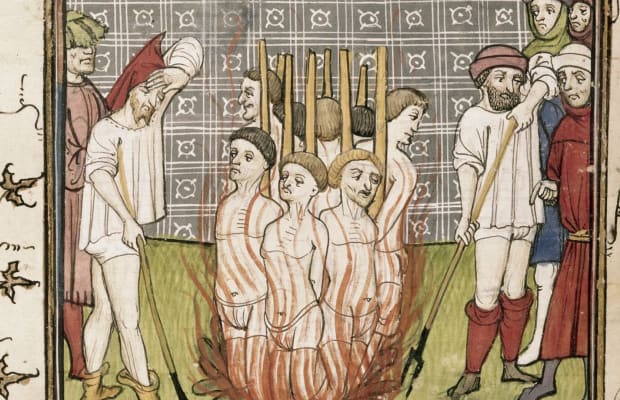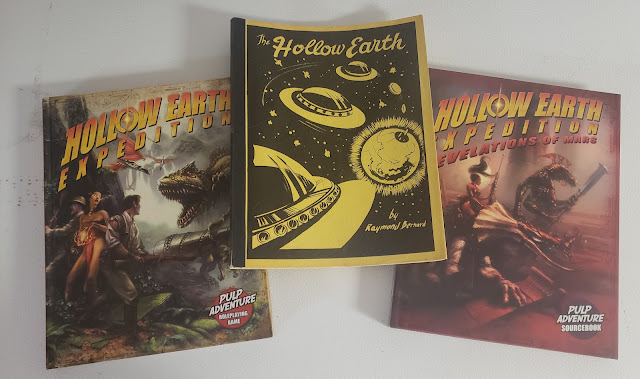
On the tail of the Old School Renaissance has come another movement—the rise of the fanzine. Although the fanzine—a nonprofessional and nonofficial publication produced by fans of a particular cultural phenomenon, got its start in Science Fiction fandom, in the gaming hobby it first started with
Chess and
Diplomacy fanzines before finding fertile ground in the roleplaying hobby in the 1970s. Here these amateurish publications allowed the hobby a public space for two things. First, they were somewhere that the hobby could voice opinions and ideas that lay outside those of a game’s publisher. Second, in the Golden Age of roleplaying when the Dungeon Masters were expected to create their own settings and adventures, they also provided a rough and ready source of support for the game of your choice. Many also served as vehicles for the fanzine editor’s house campaign and thus they showed another DM and group played said game. This would often change over time if a fanzine accepted submissions. Initially, fanzines were primarily dedicated to the big three RPGs of the 1970s—
Dungeons & Dragons,
RuneQuest, and
Traveller—but fanzines have appeared dedicated to other RPGs since, some of which helped keep a game popular in the face of no official support.
Since 2008 with the publication of
Fight On #1, the Old School Renaissance has had its own fanzines. The advantage of the Old School Renaissance is that the various Retroclones draw from the same source and thus one
Dungeons & Dragons-style RPG is compatible with another. This means that the contents of one fanzine will be compatible with the Retroclone that you already run and play even if not specifically written for it.
Labyrinth Lord and
Lamentations of the Flame Princess Weird Fantasy Roleplay have proved to be popular choices to base fanzines around, as has
Swords & Wizardry. A more recent retroclone of choice to support has been
Old School Essentials.
Published in Autumn 2020,
Planar Compass Issue One begins a journey that takes
Dungeons & Dragons and the Old School Renaissance out where it rarely goes—onto the Astral Realm and out between the planes. Of course, the option for travel in this liminal space has always been there in
Dungeons & Dragons, most notably from
Manual of the Planes all the way up to
Spelljammer: Adventures in Space and the
Planescape Campaign Setting. Whilst those supplements were for
Advanced Dungeons & Dragons, First Edition and
Advanced Dungeons & Dragons, Second Edition, the
Planar Compass series is written for use with
Old School Essentials, and it not only introduces the Astral Realm, but adds new Classes and rules for one very contentious aspect of
Advanced Dungeons & Dragons—psionics!
Planar Compass Issue One can be divided into two halves. In the first half, it explores a place of refuge and calm amidst the Astra Sea and provides a number of adventures on and below that location, whilst in the second half, it details both the four new races and their Classes, as well as the new rules for psionics for
Old School Essentials. The second half has been collected into a booklet of its own. The
Planar Compass Player’s Booklet and thus the four new Classes and the rules for psionics are reviewed
here.Planar Compass Issue One starts with a quick introduction, explaining how old Palio One Eye, once a fearsome and notorious pirate on the Astral Seas, accidentally discovered the location of what was to become Dreamhaven by wrecking his ship upon it. Then when another ship anchored off its coast, instead of capturing the ship and resuming his career of piracy, he instead started selling his cargo of Aldhelsi mead to the other ship’s crew and thus he had a bar. Soon others were coming to Dreamhaven—the Onauk, behorned barbarian pirates, the Aldhelsi, short fey psionicists, the short and furry Belsorriso known for their charming smile (very Rocket Raccoon-like!), the Skullga, goblinoids with deer-like heads who are excellent shipbuilders and tinkerers, Chanicoids, clockwork beings serving a higher master, and of course, Humans. (The Onauk and the Aldhelsi, along with the Psion and the Astral Sailor are detailed as Classes later in
Planar Compass Issue One and also in the
Planar Compass Player’s Booklet.) Dreamhaven is actually quite small, but has extensive docks, adheres to Central Ordo Time or the time of Ordo, the plane of Law as marked by a series of clocks around the island, and although there is no night and day, no sun which sets and rises on Dreamhaven, the island keep to a day and night cycle of Central Ordo Time.
‘Beach Psiombies’ is the first of two short adventures in which Palio, still short of supplies, takes the Player Characters out on his clockwork, glass-bottomed boat, to go fishing for dinner. Unfortunately, they reel in something much worse—Psiombies! This is primarily a combat encounter, but again there are some moments for levity. The second shorter adventure is ‘All That Glitters’. Leonid, extravagantly wealthy high-Level Wizard and patron of The Slipstream Bar, covets an item of jewelry, currently in possession of his rivel, the Half-Ogre, Otis. Leonid will pay handsomely, or provide a significant discount to his magical services—including the casting of Teleport if the Player Characters are eager to get off Dreamhaven, if they can retrieve the necklace from aboard Otis’ ship, the Rude Awakening. As written, this is an assault upon the docked ship amidst a Psychic Storm which makes it all very challenging, but it is only the Psychic Storm which makes this encounter interesting. In fact, ‘All That Glitters’ is decidedly underwhelming in comparison to the other three scenarios in the Planar Compass Issue One.
The fourth and longest scenario in
Planar Compass Issue One is ‘Deepwarren’. Various inhabits of Dreamhaven have an interest in what might be found in the Deepwarren, so by the time the Player Characters decide to explore it (they have an opportunity to do so earlier, but advised not to), they may have several motivations or at least several employers willing to pay for what they discover. The Deepwarren is a short, but detailed dungeon, which hides several secrets, including Dreamhaven’s true nature. Revealing that nature has disastrous consequences for Dreamhaven, which will bring the mini-campaign to an exciting conclusion. However, these secrets need not be revealed all at once and if the Game Master hands out the offers of employment in a more piecemeal fashion, the Player Characters can explore the Deepwarren more than once and have the consequences of their exploration play out at a less tumultuous pace. One location in the Deepwarren does consist of a maze and it really does not serve any purpose in the dungeon except to get the Player Characters lost. It is nicely done, but really the Player Characters could just wander around to no real effect. Otherwise, ‘Deepwarren’ is a nicely detailed and flavoursome dungeon whose contents will bring the campaign in Dreamhaven to an end.
Physically,
Planar Compass Issue One is very nicely done. It is engagingly written, the artwork is excellent, and all together, it is a lovely little book.
Where
Planar Compass Issue One does feel lacking is suggestions on how to get the Player Characters there given the far off and very strange location of Dreamhaven. Where it disappoints—in a way—is in probably bringing a campaign on Dreamhaven to an end. There is no doubt that it does so in a satisfying and appropriate fashion, but Dreamhaven is such a fun little place to adventure that more scenarios on the island would be more than welcome! After all, pirate coves and haven are not exactly uncommon in roleplaying fantasy, but the combination of its location on the Astral Sea and psionics serve to make Dreamhaven genuinely unique. It would be lovely to have a further anthology of adventures which would get the Player Characters there and give them the opportunity to explore the island a little more before the campaign proper in
Planar Compass Issue One begins.
Whether it is the rules for psionics, which are as simple and straightforward as they can be, or the description of Dreamhaven, its inhabitants, and its adventures,
Planar Compass Issue One is an impressively fantastic and self-contained first issue of a very well-done fanzine. If
Planar Compass Issue Two is going to be as good as
Planar Compass Issue One, then fine. If it is better, then
Planar Compass Issue Two is going to be very good indeed.
 Name: Crepid FornicationPublisher: Chaosium, Inc.
Name: Crepid FornicationPublisher: Chaosium, Inc.



